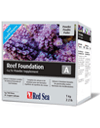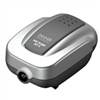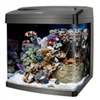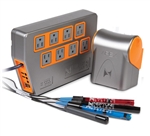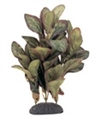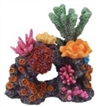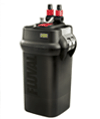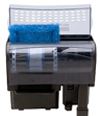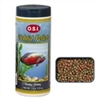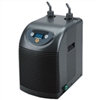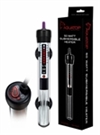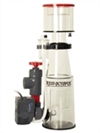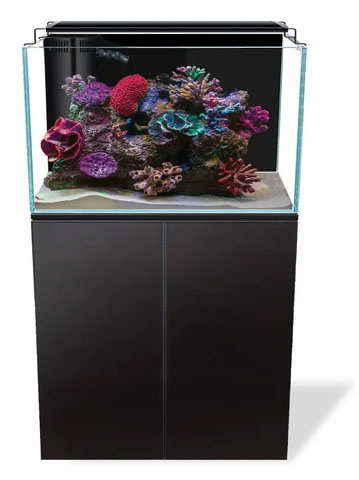Glass Lids
Glass lids are the most common kind of aquarium lid. Most glass lids will sit inside a shelf built into an aquarium rim and have a hinge in the middle, as well as a cut away portion in the back of the lid for routing equipment wires and hoses.
|
Pros
- Reduced evaporation
- Reduced home humidity
- Protection for jumping fish
- Excellent heat retention
|
Cons
- Difficult to enter the aquarium
- Extremely difficult to clean
- Reduced light penetration
- Low gas exchange
- Poor evaporative cooling
|
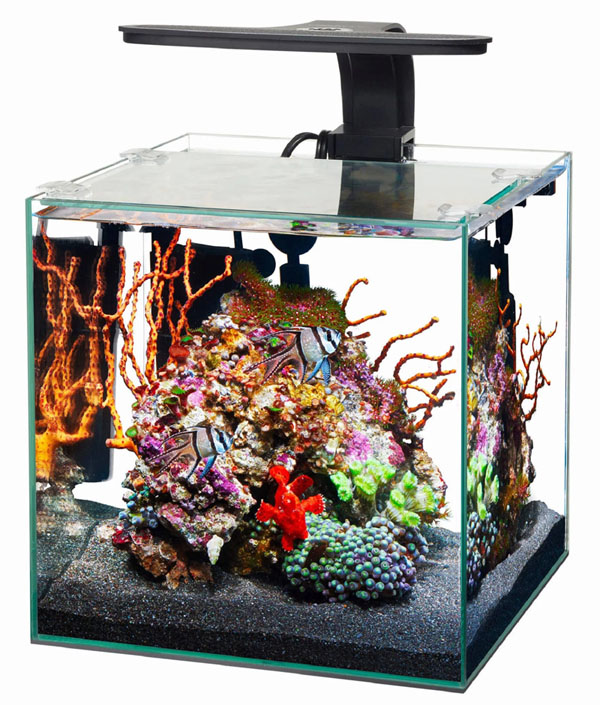
|
Screen Lids
Screen lids have become more popular as aquarists search for a way of preventing jumping fish while reducing the headaches that come from glass lids. Screen lids are usually a DIY project using window screen.
|
Pros
- Protection for jumping fish
- Plenty of gas exchange
- Plenty evaporative cooling
|
Cons
- Difficult to enter
- Some minimal maintenance
- Un-attractive-looking
- Increased evaporation
- Increased room humidity
- Poor heat retention
- Reduced light penetration (not as extreme as with glass.)
|
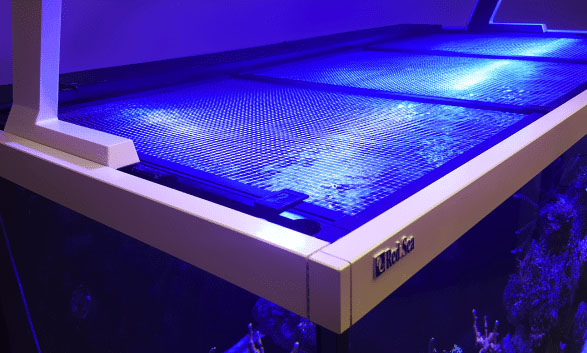
|
Wood Canopies
Wood Canopies were once very popular, but they now are only seen on large professionally installed aquariums. Wood canopies do not cover the surface of the aquarium but instead they form a wood shell around the top off the aquarium. This design can be used in conjunction with screen or glass lids or without.
|
Pros
- Moderately easy for maintenance
- No lid or screen to clean
- No light spill into the room
- Plenty of gas exchange
- Plenty of evaporative cooling
- Good protection against most jumping fish
- Matches home furniture
- Hides all lighting and equipment above the aquarium
|
Cons
- Expensive
- Increased evaporation
- Increased room humidity
- Poor heat retention
- Some extra difficulty entering the aquarium.
- No top-down view
|
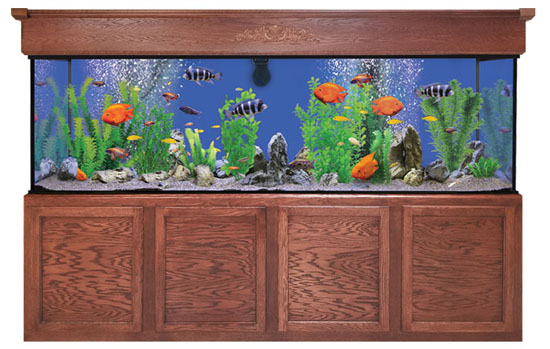
|







